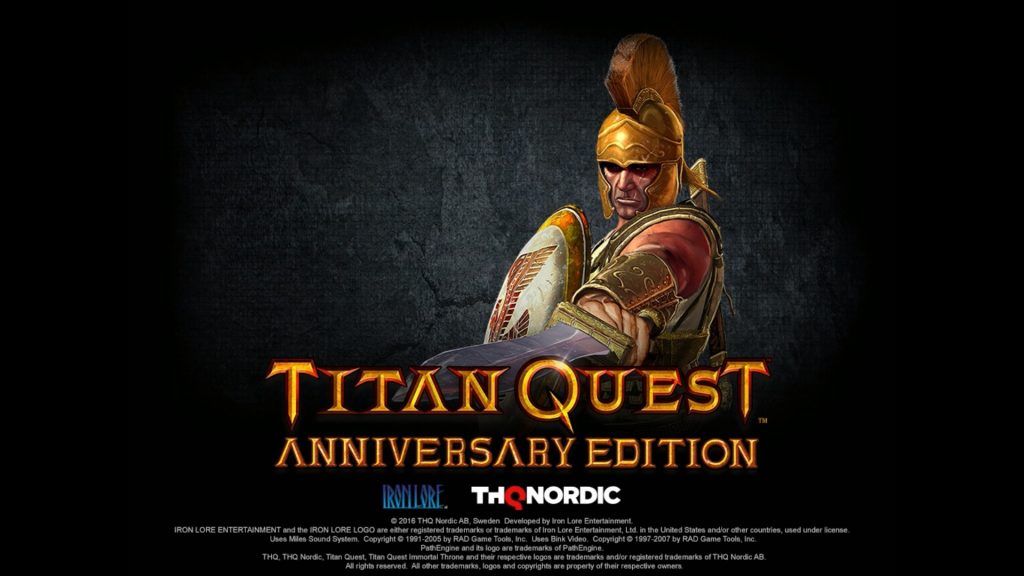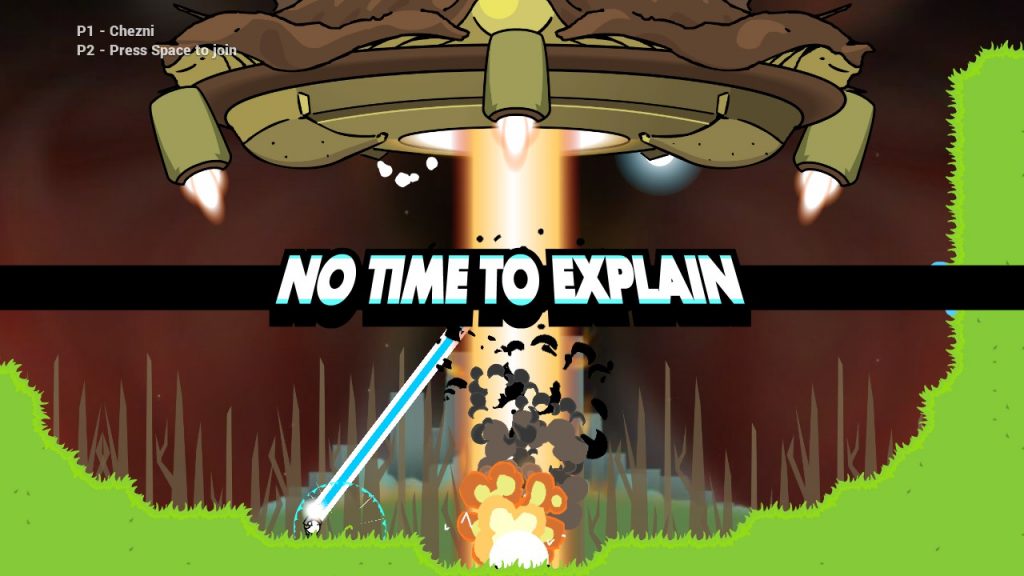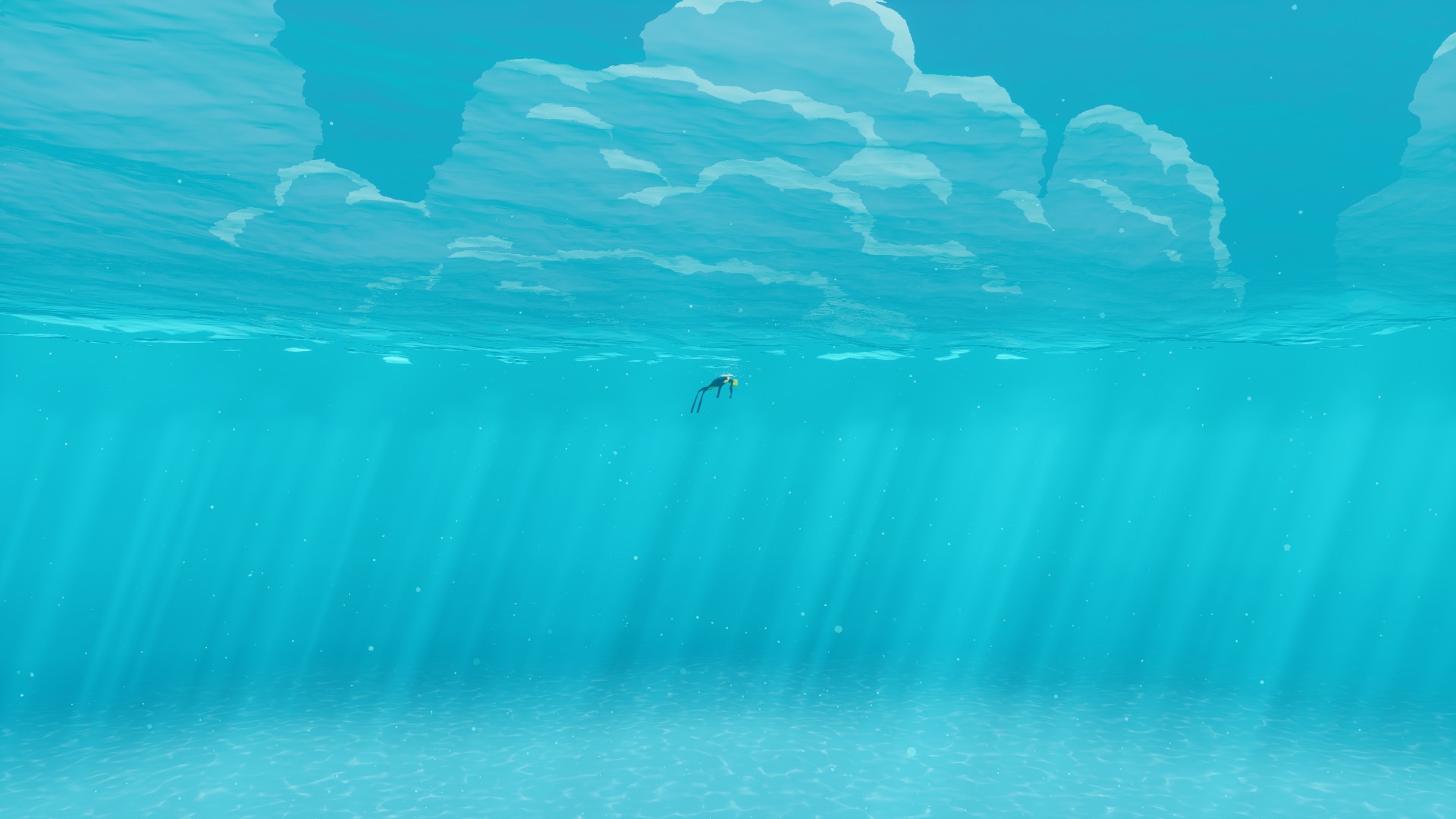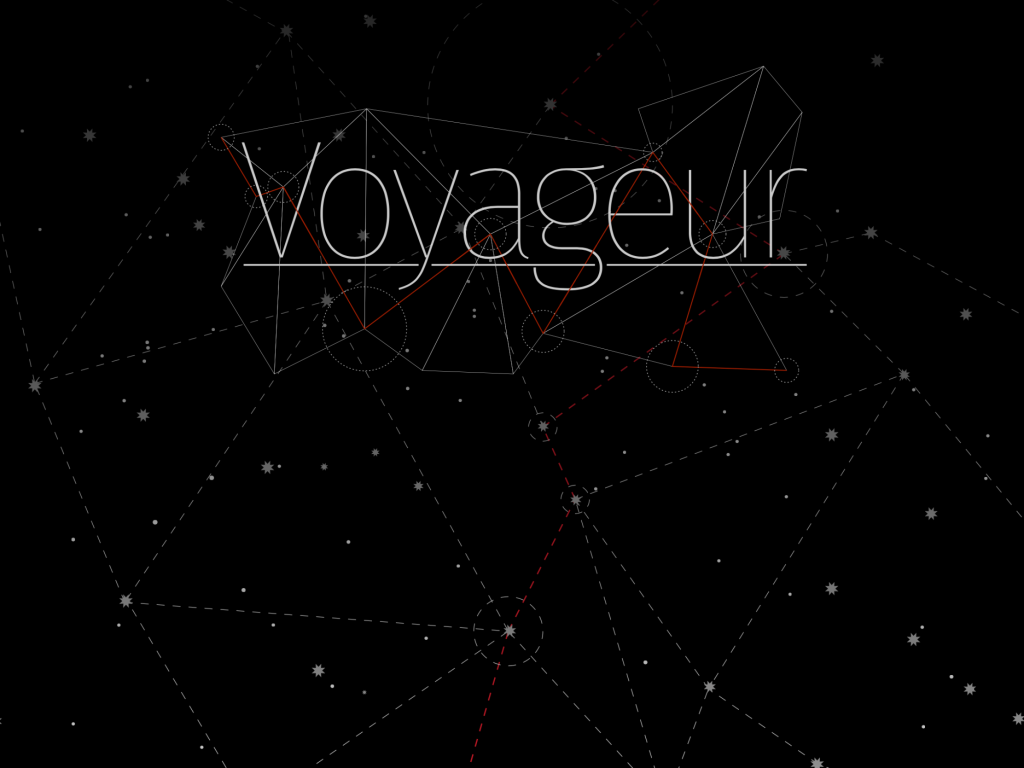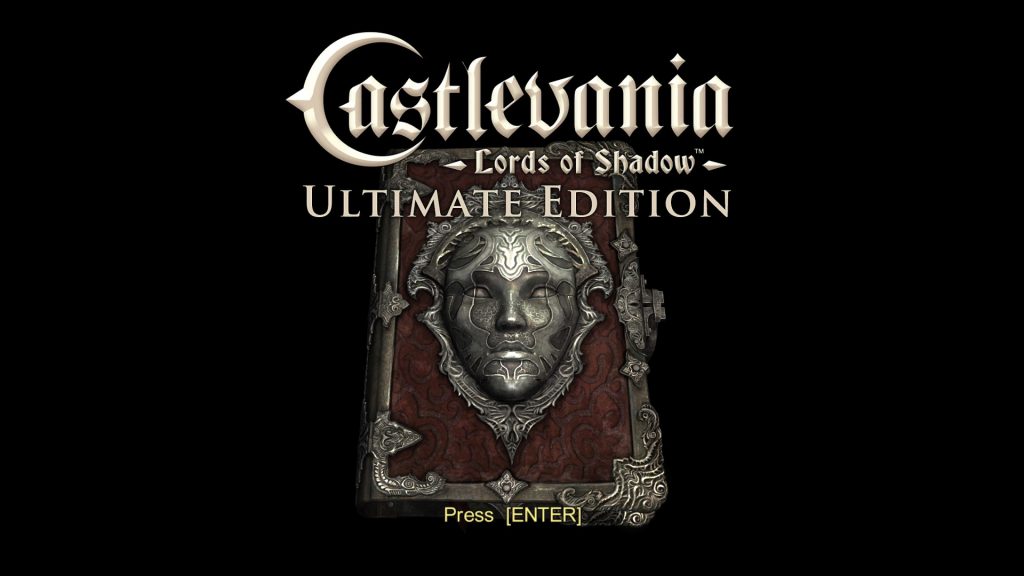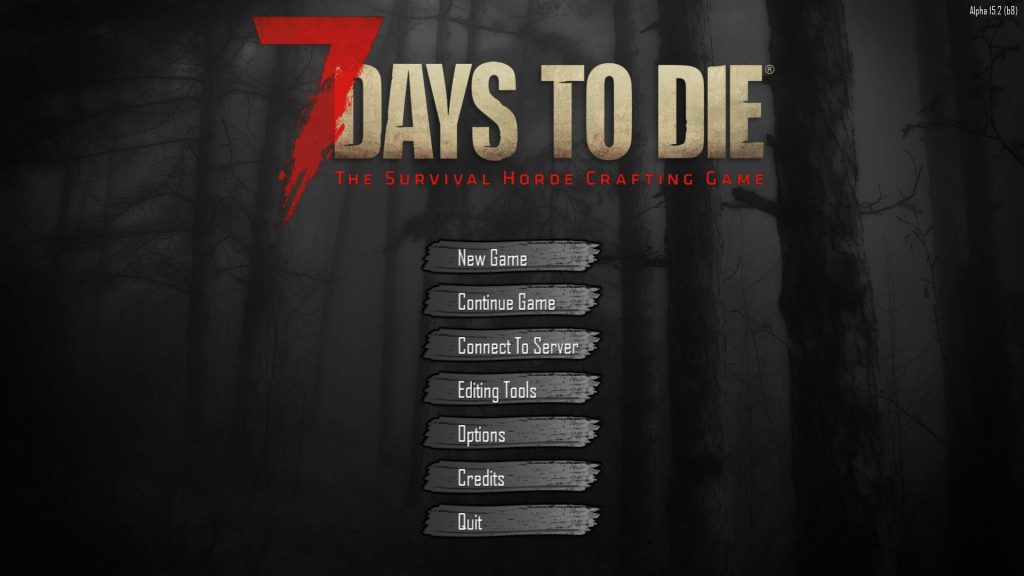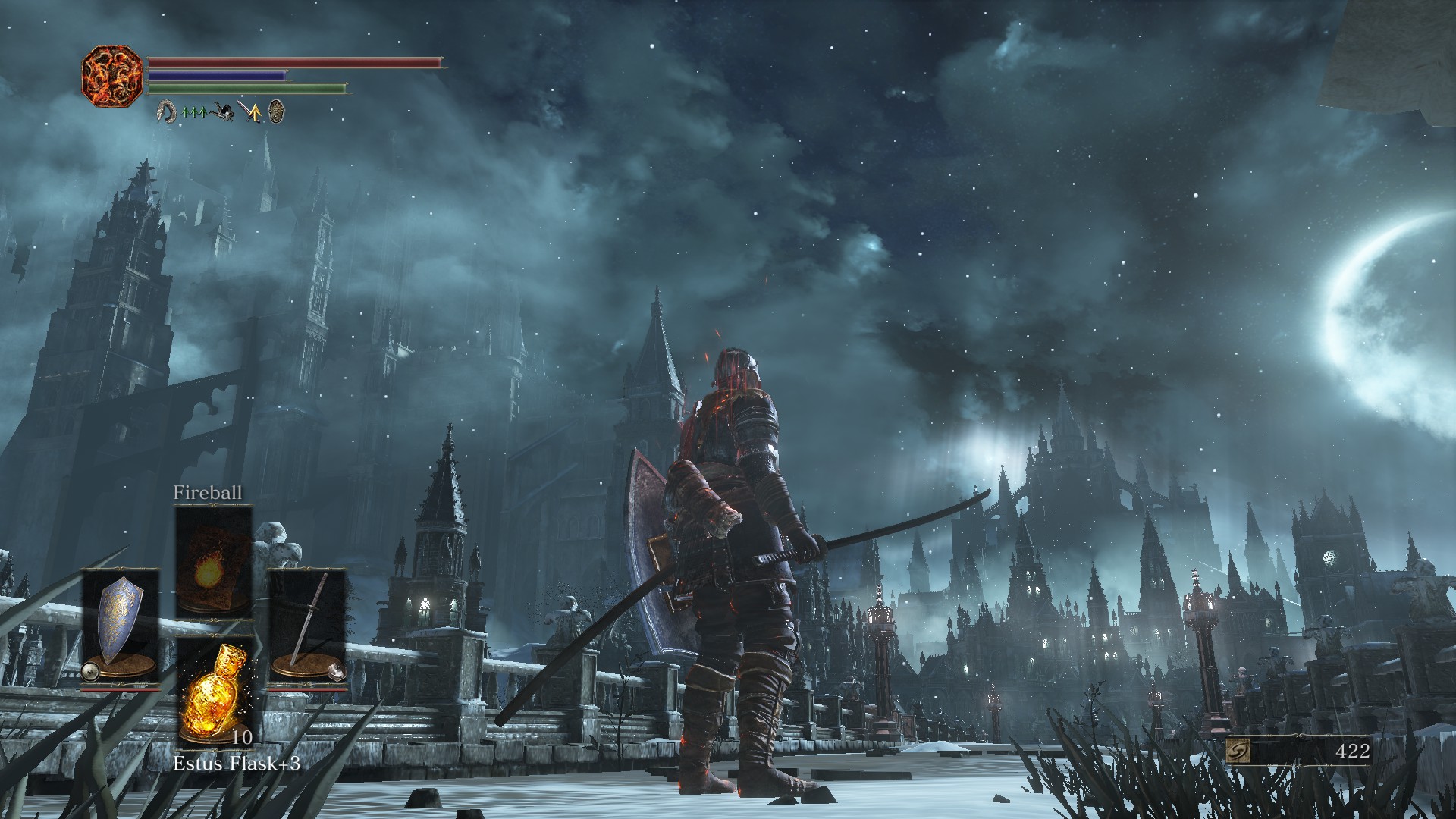Category: Completed
Titan Quest Anniversary Edition (Completed)
Bust out your toga. It’s time for…
It’s always a little sad when a good multiplayer game’s servers get shut down. It’s always always a little like a surprise Christmas when that same game gets re-released with optimizations for modern day gaming, a fixed multiplayer system and Steam workshop out of the blue. Oh, and you get a free copy because you owned the original. Uhh….. OK! Enter Titan Quest Anniversary Edition, a re-release of Titan Quest and its expansion pack, Titan Quest Immortal Throne. We’ve seen medieval, we’ve seen futuristic but have we seen… Greco… Roman?
Continue reading “Titan Quest Anniversary Edition (Completed)”
No Time to Explain Remastered (Completed)
I am YOU from the future. Quick–There’s No Time to Explain This Review. Hurry!
So, the joke about No Time to Explain is… that there’s no time to explain. Anything. If you don’t find that the be funny, I can’t help you. You won’t like the game. If you find that hilarious then BUY THIS. You need more? Well, it won’t be as funny if I explain it. It’s sort of something you just need to play to understand. I had the original at Tier 1 (I beat it long before Lepcis and I began writing reviews so you won’t find one of it on the site). The Remastered version is basically the same game with extra content. There’s a couple more levels, workshop support and even the ability to play two player so I see no reason not to rate this one at Tier 1 as well. But again–we need to hurry. There’s no time for a review. So instead, I thought we could have some fun with a few “top X” lists.
Continue reading “No Time to Explain Remastered (Completed)”
Inexistence (Completed)
Haha… I just got it. INexistence. Like, you’re IN existence? But it’s also like inexistence? Right? Right? Did you get it? IN-existence!? Right? It’s–
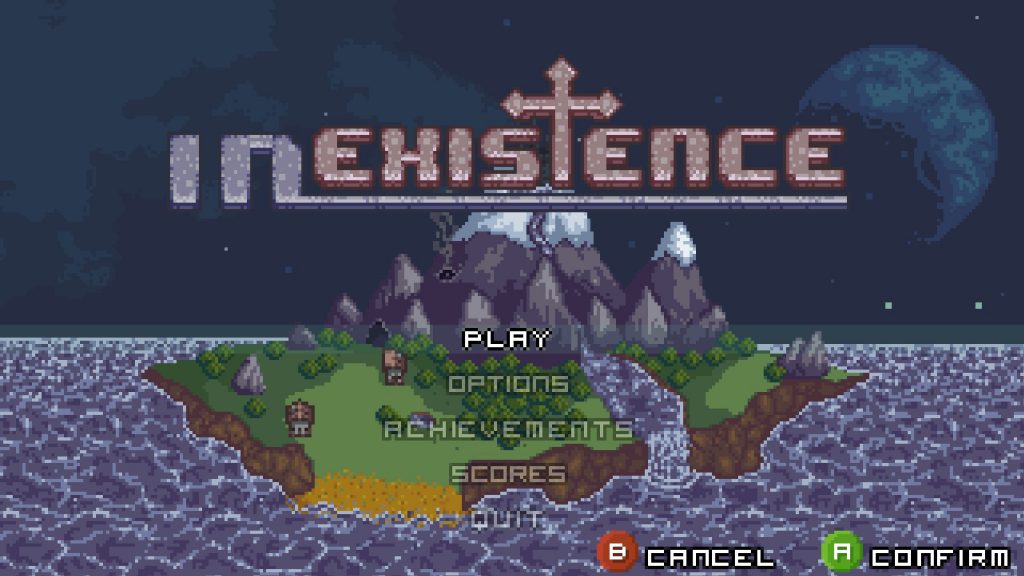
Okay, so seriously, Inexistence is a good game. It’s a Castelevania/Metroid/Mario/Zelda clone that splits its content about 80/5/10/5% respectively. So I guess… it’s mostly a Castlevania clone. That being said, it’s short enough to play in one sitting (about 2 hours) but what you get is pretty strong.
ABZÛ
Brought to you by the Summer 2017 Steam Sale and bad impulse control.
I am of two minds about ABZÛ. On the one hand, it’s a quiet, contemplative, and very pretty game. Extremely pretty. I mean, look at that. There will be a heavy sprinkling of screenshots just because this game is so pretty. It’s clearly intended as a meditative game…perhaps suggested by the various meditation spots throughout the game. You play as a creature of some description that is as at home in the water as in the air. The whole game is perfectly backed by chorals and strings, and is generously sprinkled with hints of a long-forgotten civilization’s ruins and Babylonian creation myth. Honestly, all that on paper makes up what would seem to be a game I would love.
Voyageur
Mobile Gaming
Typically, I stay away from mobile games. It’s hard enough to get people to pay 99¢ for a game on mobile, so either development costs have to be irrationally low or the developers have to monetize the app through micro-transactions and/or ads. The control scheme is necessarily limited, since your only easy input is touch – which means all controls need to be accessible all the time. Worse, the average time in a mobile game play session is measured in minutes (if not seconds) rather than hours, so complex mechanics also get thrown out. The cherry on top of this particular sundae is the remarkably terrible interface associated with the iOS app store which makes it nearly impossible to find good games. These factors have lead to what I consider to be an extremely hostile environment: a responsible developer won’t be able to recover their development costs (unless they get very lucky or also have a port on PC/Mac/Playbox DS 3½), and an irresponsible one will often lead consumers to spend tens, hundreds, and even thousands of dollars on their “free” app.
Castlevania: Lords of Shadow – Ultimate Edition (Completed)
Konami, please. Are Pachinko machines really your modern legacy? Are slot machines where your merit lies? How can you abandon your fans, after releasing masterpieces such as…
Castlevania: Lords of Shadows is not a perfect game, but contains so many perfect things. The voice-acting is triple A grade, featuring the talents of Robert Carlyle as Gabriel and Patrick Stuart as Zobek. The gameplay is solid; not always the best, but sort of a simpler version of Devil May Cry or Bayonetta. The lore and plot are pretty darn solid as well, featuring throw-backs to numerous familiar aspects of the previous titles. Technically this is a reboot of the franchise, but considering that it mostly takes place long before the events of all the other Castlevania games, it still feels like a strong continuation of the Dracula-hunting universe. Lastly, and without a doubt the most potent medal to pin to this game’s chest is it’s environments. Lords of Shadows quite possibly has the best environments I’ve ever seen in a video game in my life.
Continue reading “Castlevania: Lords of Shadow – Ultimate Edition (Completed)”
7 Days to Die (Completed[?])
*Note: To get straight to the review, skip the Foreward.
–Foreward–
There are those in the world that are architects. Put them in a room filled with Legos and they will construct a complex model of various structures, roads and buildings. There are some that are artists. Put them in the same room and they will build a clever work of art out of all the pieces available to them. Then there are people like me. People with the capacity to construct, but have no desire to do so on its own. People with the creativity to create, but lacking the motivation to do so without a purpose. You see, people like me need structure with purpose; creativity with function. If you put me in a room filled with Legos, you would soon find me creating rules, mechanical structure, objectives, goals, obstacles and enemies; leading to an ultimate confrontation hidden somewhere deep within the mystical Lego kingdom. Then I would invite some friends over to try it out. That’s where games like 7 Days to Die come in.
Dark Souls
Dark Souls is my favorite game series. It’s good enough that even disliking Dark Souls II as much as I do doesn’t unseat it (the Valve-verse of Half-Life and Portal would likely be my second). I first heard about it in probably much the same way you have: that it is a remarkably difficult game with a fanatical fanbase. And also like many, I avoided it because I had heard it was so difficult. It was only when Chezni suggested that we co-op some parts of the game that I started playing. And I died. A lot. I hated it. I thought it was an unnecessarily difficult game – only fun for people who play all their games on hard mode. I preferred wandering around Skyrim, getting lost, and filling my quest log with a laundry list of dungeons to clear – why would I want to play a game that just wasn’t fun?
Slowly, though, I progressed. I learned about dropping from heights to deal more damage. I threw myself against the Asylum Demon until I beat it through a combination of luck and Chezni’s advice. I fought, inch by inch, through the Undead Burg. I figured, to borrow from Zero Punctuation, that “I’ll just keep tanking the rakes and maybe I’ll somehow become really psychotically into being rake-faced […] and I’ll be blatted in the face with rake if that isn’t kind of what happened.” It may have taken me half of the original Dark Souls, but eventually I found myself having fun. A lot of fun. So much fun that I kept coming back even after having beaten the game to play through on NG+. Later, Chezni and I powered through the first few hours of Dark Souls III, which turned out to be just as good as the original (I’m intentionally omitting Dark Souls II in this statement, which I’ll get in to later). So why did I change my mind, and why should you? Continue reading “Dark Souls”
Deus Ex: GOTY (Completed)
Lepcis and I have been busy lately pretending to be adults, which has left our attention to PICD a bit scarce. Rest assured, our passion for gaming in all forms has never ebbed, it has merely had to be redirected in a few ways to better mold to our schedule. So what has ol’ Chezni been up to? Well, aside from repeatedly getting my Runner teeth kicked in by the NBN corporation controlled by Lepcis (click here if confused) I’ve been dumping my free time back into Deus Ex: Game of the Year Edition.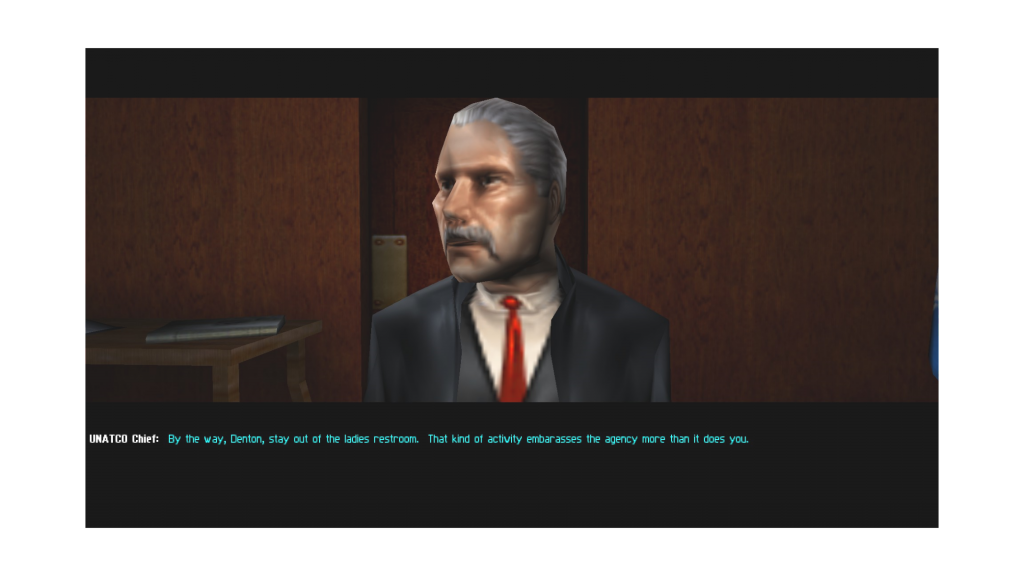 Continue reading “Deus Ex: GOTY (Completed)”
Continue reading “Deus Ex: GOTY (Completed)”
